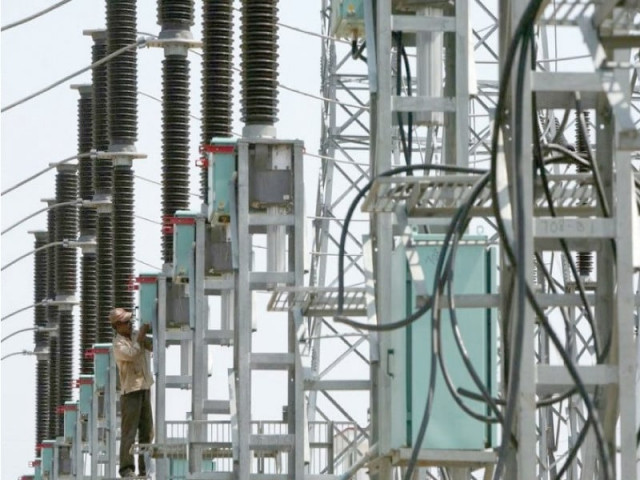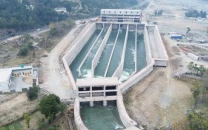DISCOs face governance issues
Poor bill recovery adds Rs276b to circular debt, says NEPRA report

The poor recovery of bills by power distribution companies (DISCOs) added Rs276 billion to circular debt during financial year 2023-24. Additionally, defaulters contributed Rs900 billion to the circular debt.
In its State of Industry Report 2024, the National Electric Power Regulatory Authority (Nepra) said DISCOs faced significant governance challenges that hindered effective management and prevented them from paying for electricity purchased through the Central Power Purchasing Agency (Guarantee) Limited.
Inefficiencies, lack of accountability, and mismanagement make it difficult for DISCOs to recover costs from consumers, leading to unpaid dues that increase the circular debt, according to the report.
The regulator said the situation called for an organisational overhaul with a focus on accountability. Strategies should include outsourcing recovery efforts and targeting low-recovery areas through action against defaulters, rather than resorting to feeder shutdowns, which lead to greater revenue losses for DISCOs.
Circular debt, escalating to Rs2,393 billion as of June 30, 2024, remains a formidable challenge for both the power sector and the country’s economy. The growing debt, compounded by defaulters owing Rs901 billion, has hampered the operational efficacy of DISCOs.
The report revealed that high transmission and distribution (T&D) losses and less than 100% recovery of billed amounts contributed to the accumulation of circular debt. T&D losses, recorded at 18.31% for FY24 compared to the permitted level of 11.77%, added Rs276 billion to the circular debt during the year.
The higher T&D losses reflect inefficiencies and the outdated infrastructure, requiring a comprehensive review and urgent improvement in T&D systems.
Excessive losses need to be curbed through targeted improvements, prudent investment practices, and better management to prevent the escalation of circular debt and stabilise the sector’s financial health.
The lower recovery rate of 92.44% added Rs314.5 billion to the circular debt during FY24, largely due to poor governance.
The huge receivables of DISCOs, including K-Electric (KE), which surged to Rs2,321 billion, necessitate investigations into possible billing manipulations and accurate assessments of non-receivables.
Committees with representatives from DISCOs as well as independent professionals may be established to validate the accuracy of receivables.
The practice of cross-subsidy, where more efficient DISCOs bear the financial burden of less efficient counterparts, must also be addressed as a priority, the report said.
This policy decision, while aiming to ensure that electricity remains uniform for all consumers, inadvertently creates a system where inefficiency is rewarded, and operational shortcomings are obscured. Timely subsidy payments from the federal or provincial governments are necessary to curb further escalation of circular debt.
In short, according to the report, a robust governance structure, technological innovation, and financial reforms are necessary in the distribution segment to ensure sustainable growth and energy security.
To stabilise the power sector, it is essential to implement improved management practices, accountability measures and strategic reforms.
The rise of off-grid solar installations, particularly in rural areas, highlights a growing shift towards renewable energy. In FY24, a large number of solar panels, having capacity of thousands of megawatts, were imported, signalling increased reliance on solar solutions.
“This trend requires careful planning by policymakers to align with future energy demand and for the overall framework to be updated accordingly.”
One of the biggest challenges Pakistan’s power sector faces is the under-utilisation of its generation capacity. The low utilisation leads to high electricity costs.


















COMMENTS
Comments are moderated and generally will be posted if they are on-topic and not abusive.
For more information, please see our Comments FAQ